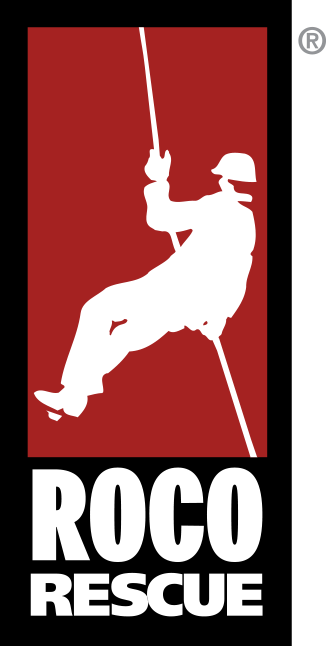Rescue Talk™

Is a Roll Off Dumpster a Confined Space?
Is a Roll-Off Dumpster a Confined Space?
In industries such as construction, demolition, and waste management, roll-off dumpsters are commonly found on worksites. These large, open-top containers are used to collect and transport debris, waste, or other materials. However, questions often arise about whether or not a roll-off dumpster qualifies as a confined space under the Occupational Safety and Health Administration (OSHA) regulations; and if so, what safety precautions should be taken when working in them. This article aims to clarify these questions and concerns to ensure that workers remain safe while entering these spaces.
Is a Roll-Off Dumpster a Confined Space?
OSHA basis its definition of a confined space on meeting all three of the following characteristics. Let’s break each of these down to give you a better understanding of how this definition applies to roll-off containers.
1. Large Enough to Enter and Perform Work
One of OSHA’s criteria for a confined space is that it must be large enough for a worker to enter and perform assigned tasks. Roll-off dumpsters typically meet this criterion, as they are designed to hold substantial volumes of material, often ranging from 10 to 40 cubic yards. Workers may need to enter a dumpster to arrange debris, clean the interior, or inspect its contents. For instance, in recycling operations, workers may enter to sort materials or remove contaminants. While entering a dumpster is not always routine, the size of most roll-off dumpsters allows for bodily entry, which satisfies this confined space characteristic under specific work conditions.
2. Not Designed for Continuous Human Occupancy
Another OSHA criterion states that a confined space is not intended for continuous human occupancy. Roll-off dumpsters clearly fit this description, as they are designed to contain waste or materials, not to house workers for extended periods. Workers may enter briefly to perform tasks, but prolonged presence increases exposure to potential hazards, such as shifting debris, hazardous materials, or poor air quality from decomposing waste. Like other confined spaces, roll-off dumpsters are temporary workspaces, and extended occupancy heightens the risk of injury or illness.
3. Limited Means of Access/Egress
The third criteria, as defined by OSHA, is that the spaces has limited or restricted means of entry and exit. This is primarily a concern as it may complicate quick evacuation during an emergency. Most roll-off dumpsters feature an open-top design, providing relatively unrestricted access for loading materials. However, certain scenarios may cause conditions that meet this qualification. According to an OSHA Letter of Interpretation, an open-top roll-off dumpster would be considered a confined space if “limited or restricted means” applies. However, when the doors are secured in an open position, or the use of temporary stairs meeting specifications for a fixed industrial stair are securely installed, this would provide an unrestricted means of entry or exit.
Essentially, the determination of whether or not it is a confined space comes down to this, if the door cannot be secured open, or stairs can’t be introduced, then you may be dealing with a confined space.
When Does a Roll-Off Dumpster Become a Permit Required Confined Space?
Once we’ve established that all three criteria are indeed met, then we know we’re dealing with a confined space. The next step would be to determine whether or not it would be classified as permit required or not. Remember, just because it is not a confined space does not mean that it’s not dangerous to enter, it just means that OSHA doesn’t consider it a confined space.
OSHA considers a confined space as permit-required when the space has one or more of the following characteristics:
(1) Contains or has a potential to contain a hazardous atmosphere;
(2) Contains a material that has the potential for engulfing an entrant;
(3) Has an internal configuration such that an entrant could be trapped or asphyxiated by inwardly converging walls or by a floor which slopes downward and tapers to a smaller cross-section; or
(4) Contains any other recognized serious safety or health hazard.
In these scenarios, employers must assess the dumpster to determine if it meets OSHA’s permit-required confined space definition. If so, implement appropriate safety measures, such as atmospheric testing, ventilation, a permit system, and even rescue provisions.
While roll-off dumpsters may not always be confined spaces, there are plenty of situations where they are. A quick check against OSHA’s criteria can help you make that call. If it does meet the definition, take proper steps. If it doesn’t, stay mindful that risk still exist, despite not being a confined space. Safe outcomes depend on how seriously we take the spaces we work in, no matter how familiar they seem.




